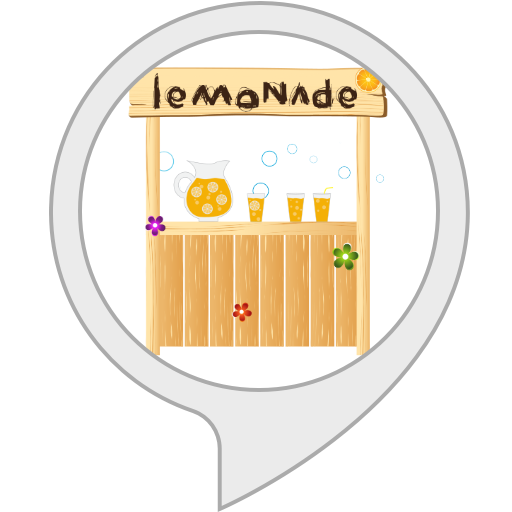In working with students individually or in groups, I find that sharing our own stories can be a very effective elicitation technique. I'm a social interactionist at heart, and it's just pragmatically appropriate. Tell a story about yourself and you seem like a real person to the child. This interaction then becomes a context for all kinds of targets: listening skills, visualization for comprehension, use of comments and questions, and the students' own narrative language.
This was described as the "Conversational Map" by McCabe and Rollins (1994): "In spontaneous interactions you have to tell a story to get a story. Almost everyone has experienced awkward silences in social situations. No one can think of a thing to say. However, the minute one person launches into a tale about locking keys in his or her car or leaving lights on in a parking lot, virtually all others in the group share a similar incident that happened to them. The exact content of a story prompt is not important per se. What is important is that children are asked to talk about experiences that mean something to them. In general, children are likely to tell their best stories about being hurt or scared. These are experiences that almost all children have had but are significant enough to any particular child to be worth talking about."
One tech twist I have on this technique is that I like to present a photo if possible. Photos provide visual support and extend students' understanding of the situation you are describing. The photo you use may also support their commenting or questioning about relevant parts of your story, or constructing inferences based on the way you present the story. They say "the best camera is the one you have with you," and it's true that this is one good use of our smartphones. Keep in mind that small mundane stories that we experience (a spill or broken thing, whatever) can also be good opportunities to photograph and use in therapy.
Telling stories need not be completely free-form, but can be tied into specific strategies. I try to keep mine short enough to allow for conversational appropriateness and foster use of comments and questions (see Mindwing Concepts' 6 Second Story conversational scaffold). We can also progress from explicitly visual techniques like sketching to using Visualizing and Verbalizing®'s structure words to promote visualization, comprehension and responses.
Here are a few examples of photos (that I was just taking anyway, as a selfie enthusiast) that served as good therapy materials and summer stories, along with model narratives:
I bought a new car this summer, but left it at home when I went for a week down the Cape. I heard from my neighbor that a car parked right near it somehow went on fire! We don't know how, but everyone was OK. I was worried about the car but glad it didn't get damaged.
I went to see the Taylor Swift concert at the end of July at Gillette Stadium. They gave us all wristbands and I wasn't sure why. It turned out they lit up all around the stadium in synch with the music to make patterns. It was a cool surprise!
We went to Scarborough Beach in Maine in August. It turns out a foreign ship had docked nearby and brought a new seaweed with it, which was out of control. It stunk and made the water really gross. We found some areas on the beach to swim that didn't have the seaweed.
I went for a hike on the Welch and Dickey Loop in New Hampshire. It was beautiful but harder than expected. I'm afraid of open high spaces and it had a lot of those. This steep ledge was wet from rain the day before and I slipped and almost slid backwards down it. Thankfully I grabbed onto a tree and was safe!
Have fun telling your stories!















